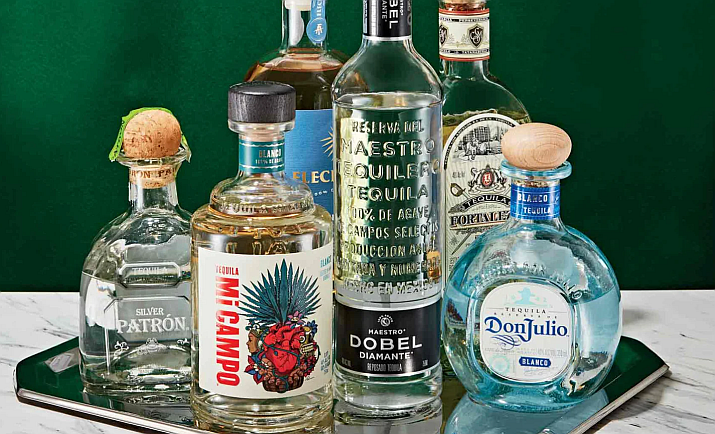
For some, the mere mention of the word “tequila” can resurface unpleasant, hazy memories of wild nights out followed by crushing hangovers. Ouch.
That might be because, at bars in the U.S., tequila is popularly consumed as a shot – a 1.5 oz serving inhaled in a quick gulp, often with a lick of salt beforehand and a bite of lime afterward.
Though overindulgence of any alcohol is bound to lead to some – ahem – unfortunate consequences, tequila seems to be stereotypically singled out more than most.
Perhaps you’ve seen one of the many tequila-related memes online:
“One tequila, two tequila, three tequila, floor.”
“Do you know what happens after six tequila shots? Nobody does.”
“Tequila may not be the answer, but it’s worth a shot!”
You get the picture.
But vilifying tequila is unfair. Like fellow distilled-spirit whiskey, tequila is available in hundreds of variations and ages with seemingly endless flavor profiles. If you’re willing to broaden your horizons beyond margaritas and shots, tequila readily lends itself to being sipped and savored in the same way you might enjoy a glass of wine or single-malt Scotch.
Let’s start with a little background. Tequila, along with mezcal, is one of only two spirits produced from the agave plant. Tequila is, in fact, a type of mezcal, but only tequila is produced from blue agave. Also, approximately 95% of the world’s tequila comes from Jalisco in western Mexico.
So, where do the variations in flavor come from, and how can you decide which one would best suit your palate?
To answer that question, I turned to Berkeley Alvarado, a woman whose literal job title is “Tequila Goddess” at La Hacienda, the Fairmont Scottsdale Princess’ high-end Mexican restaurant in Scottsdale, Ariz.
Alvarado presides over a collection of more than 250 tequilas and delights in the opportunity to enlighten guests about what a positive and refined experience drinking tequila can be.
“I joke with guests, like, ‘I know there’s history with tequila, and it might be college nightmares,'” she says with a laugh. “But, I always say, there’s a tequila for everyone.”
Tequila is generally best when served neat, and should be stored at room temperature.
There are several basic categories of tequila: blanco, reposado, añejo, extra añejo and cristalino. Blancos are the youngest, bottled immediately after distillation; reposados are aged anywhere between two to 12 months in oak barrels; añejos are aged for one to three years; extra añejos for more than three years; and cristalinos are tequilas aged in oak barrels, then filtered with activated charcoal to produce a clear finished product.
Like whiskey, the barrel-aging process is what enables tequila producers to create so many different flavor profiles. If you like depth of flavor, Alvarado suggests giving an añejo a try.
Written by Jessica Marksbury for golf.com.





